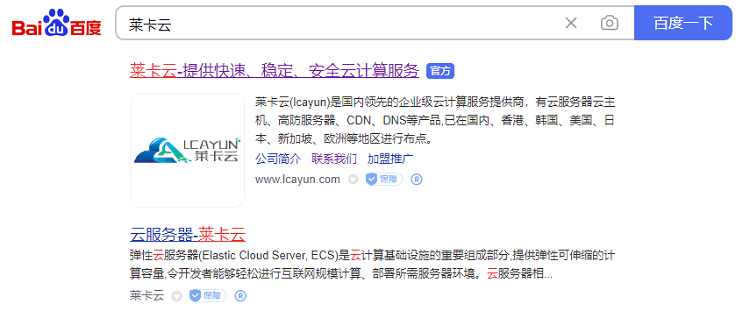message = "Hello, World!" length = len (message) print (length) #Output: 13
numbers = [ one , two , three , four , five ] length = len (numbers) print (length) #Output: 5
fruits = ( "apple" , "banana" , "orange" ) length = len (fruits) print (length) #Output: 3
student_scores = { "Alice" : eighty-five , "Bob" : ninety-two , "Charlie" : seventy-eight } length = len (student_scores) print (length) #Output: 3
unique_numbers = { one , two , three , four , five } length = len (unique_numbers) print (length) #Output: 5
range_obj = range ( one , six ) length = len (range_obj) print (length) #Output: 5













![[Hengchuang Technology] The new 50M-100 on Hong Kong's large bandwidth cloud server enjoys exclusive optimization and returns home with unlimited traffic VPS, starting with an annual payment of 298 yuan - cheap VPS evaluation](https://www.cnraksmart.com/wp-content/uploads/2024/09/hc24991.png)